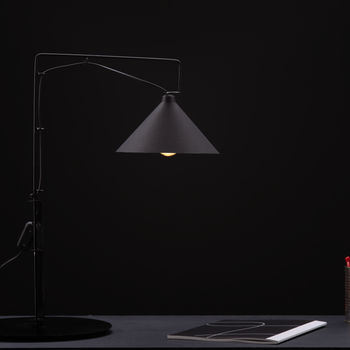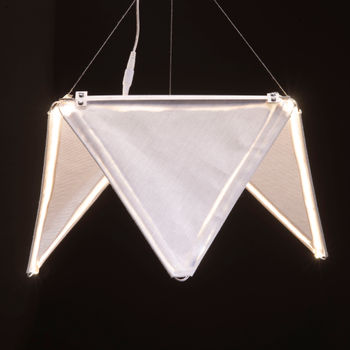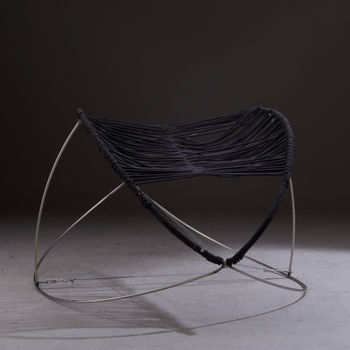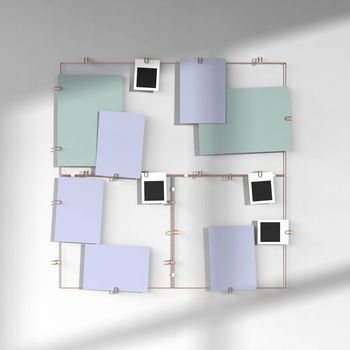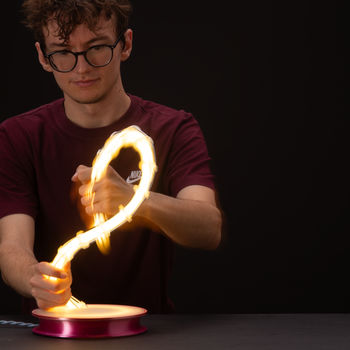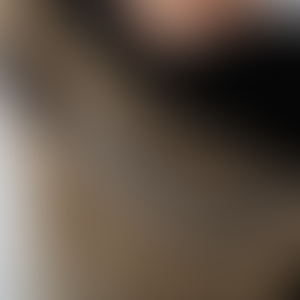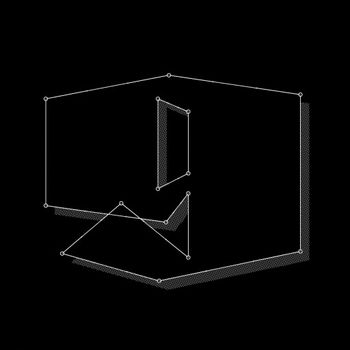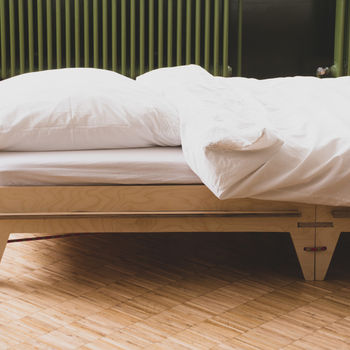selāh
Luisa Heindl
selāh
A transfer may consist in shape, material, colour, main idea, general structure and so much more or all of the above together. Most of the times, it is a combination of many small details that then lead to an end result that shows a sometimes stronger, sometimes less strong connection with an initial source material. In the case of selāh, a chair made out of seagrass cord and bent metal tubes, the transfer lies in the choice of material, the outer shape and general appearance, and the usage of the cord itself.
While there is always a connection to an initial inspiration, an act of transfer always undergoes some transformation itself and is shaped by layers and layers of thoughts and influences, transferring an initial form into a new shape, sometimes with a new usage. Selāh is a chair, a piece of furniture, while its inspiration comes from a research into old wooden external pack frames. A wooden external structure to carry loads was already used in the Copper Age, and this type of external pack frame was often furnished with natural fibers. Those fibers served as additional support, as upholstery to make the frame comfortable for the back, as well as latticework to attach additional objects.
In an age in which we mostly use synthetic fibers for our woven and wicker furniture, due to the fact that it appears cheaper, the material is uniform, long lasting and easy in usage, choosing natural fiber first appears like a step backwards. However, looking back at the olden days and traditional ways of doing things, offers often a new view on today’s actions, new approaches, and new solutions to our problems. In times of non-biodegradable fibers, pollution of plastic and environmental problems, choosing a strong outer structure, and then applying natural materials in a sustainable way, appears more promising if we want to keep our planet for another while.
The tradition of weaving natural fibers underwent many different phases, in all sorts of different countries around the world. Different styles and ways of weaving were applied, different objects of use made. The selāh chair is kept simple, instead of using artistic ways of weaving, it consists of wrapping the material around the tubular outer frame, allowing for easy repairing. Its imperfection is desired, due to the diverging appearance of the natural material itself.








The Migration of Forms
